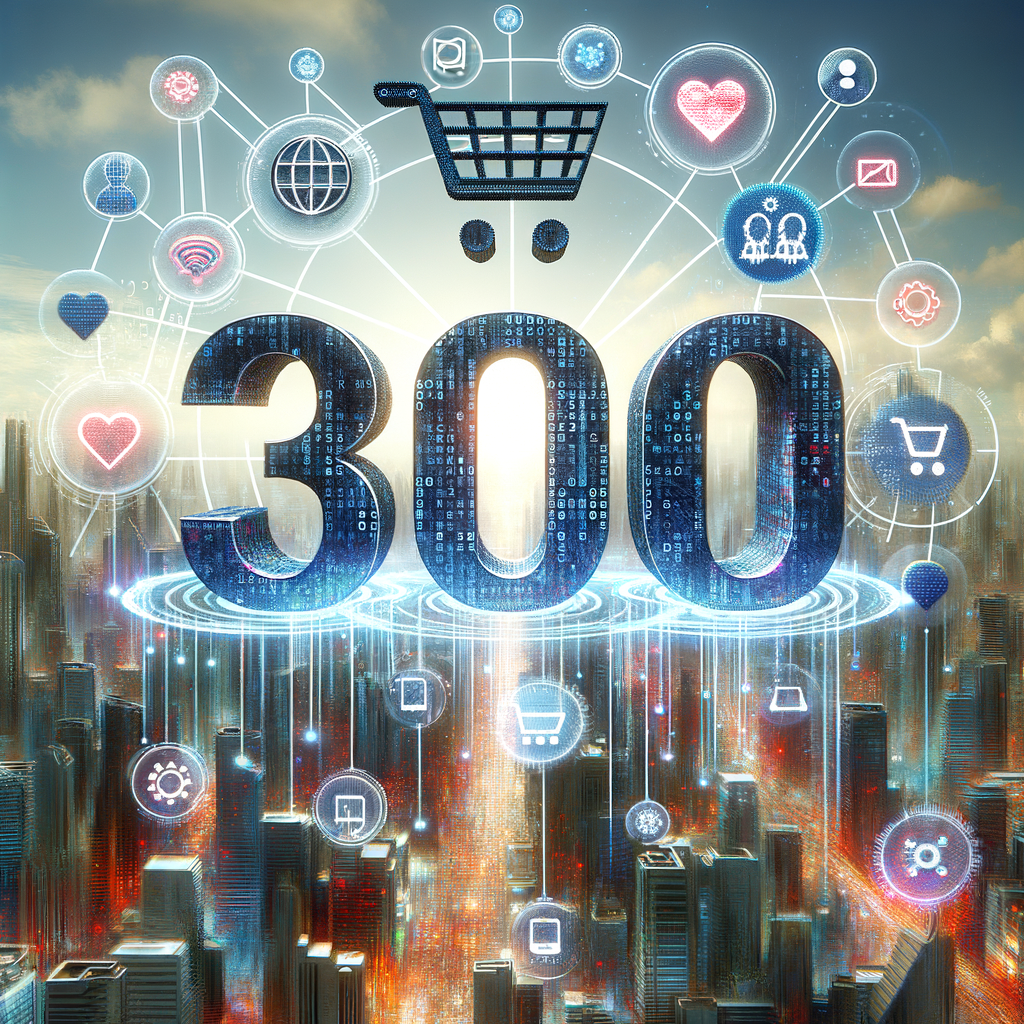Navigating the Shift: How Web3 Empowers Users and Redefines Online Interactions
The Rise of Web3: A Consumer-Centric Revolution
In the ever-evolving landscape of the internet, a new chapter is being written with the emergence of Web3, a term that encapsulates a suite of technologies poised to redefine our online interactions. This burgeoning revolution is not merely a technological leap but a paradigm shift towards a more consumer-centric model, where users are empowered to take control of their digital lives.
At the heart of Web3 lies the blockchain, a decentralized ledger that promises to democratize the internet by removing the middlemen from digital transactions. This foundational technology enables a level of transparency and security previously unattainable, fostering trust in online interactions. Moreover, it paves the way for the creation of decentralized applications (dApps) that run on a peer-to-peer network rather than being hosted on centralized servers.
The implications of this shift are profound. For one, it signals the end of the era where a few tech giants hold disproportionate power over what we see, do, and share online. Instead, Web3 hands the reins back to the users, allowing them to own their data and have a say in how it’s used. This is a significant departure from the status quo, where personal information is often harvested to feed the engines of targeted advertising, raising concerns about privacy and data misuse.
Furthermore, Web3 introduces the concept of digital ownership in a way that was previously inconceivable. Through non-fungible tokens (NFTs), users can possess unique digital assets that carry value and can be traded or sold. This opens up new avenues for creators to monetize their work directly, bypassing traditional gatekeepers and fostering a more direct relationship with their audience.
The rise of Web3 also heralds a new era of digital communities. Decentralized autonomous organizations (DAOs) offer a glimpse into a future where online communities can self-govern and operate without centralized control. These entities are governed by smart contracts, with decisions made collectively by their members. This model not only empowers users but also encourages a more collaborative and equitable online environment.
As we navigate this shift, it’s essential to recognize that the transition to Web3 won’t happen overnight. There are significant hurdles to overcome, including scalability issues, regulatory challenges, and the need for a more user-friendly experience. However, the momentum behind Web3 is undeniable, with a growing ecosystem of developers, entrepreneurs, and enthusiasts driving innovation forward.
The optimism surrounding Web3 is not unfounded. It offers a vision of the internet that aligns more closely with its original ethos – an open, decentralized network where information and value can flow freely. In this new world, users are not just passive consumers of content but active participants in a digital economy that respects their rights and rewards their contributions.
In conclusion, the rise of Web3 marks a consumer-centric revolution that has the potential to redefine our online interactions. By placing power back into the hands of users, it challenges the centralized structures that have dominated the digital age. As we stand on the cusp of this transformation, it’s an exciting time to be part of a movement that could reshape the internet for the better, fostering a more inclusive, transparent, and equitable digital world for all.
The Impact of Web3 on Consumer Experience: A Vision for a Decentralized Future
The Rise of Web3: A Consumer-Centric Revolution
In the ever-evolving landscape of the internet, a new chapter is being written with the emergence of Web3, a term that encapsulates a vision for a decentralized online ecosystem. This burgeoning revolution promises to redefine the consumer experience, placing users at the helm of a digital renaissance that champions autonomy, privacy, and engagement. As we stand on the cusp of this transformation, it’s essential to explore the potential impact of Web3 on consumer experience and how it could shape a decentralized future.
At its core, Web3 represents a paradigm shift from the centralized platforms that currently dominate the web. These platforms, while having streamlined and simplified user interaction, often do so at the cost of personal data security and user agency. Web3, conversely, leverages blockchain technology to return control to the users, enabling them to own their data and interact on their terms. This fundamental change is not just a technical upgrade; it’s a reimagining of the power dynamics of the internet.
One of the most significant advantages of Web3 is the promise of enhanced privacy. In today’s digital age, consumer data is a hot commodity, often harvested without explicit consent and used to fuel the advertising engines of large corporations. Web3’s decentralized nature means that personal information can be protected from prying eyes, giving consumers the freedom to choose what they share and with whom. This shift could lead to a more secure online environment where trust is not a luxury but a given.
Moreover, Web3 ushers in an era of true digital ownership. Currently, the content and digital assets we create are typically housed on platforms that retain ultimate control. Web3’s infrastructure, however, allows for the creation of non-fungible tokens (NFTs) and other digital assets that users can own outright. This not only opens up new avenues for creators to monetize their work but also ensures that consumers can benefit from the value they generate online.
The decentralization of the web also paves the way for more democratic and participatory online communities. In the Web3 world, governance can be distributed among users rather than being concentrated in the hands of a few corporate entities. This could lead to more equitable platforms where user feedback and contributions directly influence the development and policies of the services they use.
Furthermore, the integration of cryptocurrencies in Web3 provides an alternative to traditional financial systems, offering consumers more flexibility in how they transact online. With the rise of decentralized finance (DeFi), users can engage in financial activities like lending, borrowing, and trading without the need for intermediaries. This not only reduces fees but also democratizes access to financial services, potentially bringing them to the unbanked populations of the world.
As we look to the future, it’s clear that Web3 has the potential to revolutionize the consumer experience. By fostering an environment where users have control over their data, can truly own their digital assets, participate in the governance of platforms, and access decentralized financial services, Web3 is setting the stage for a more consumer-centric internet.
While the full realization of Web3’s vision is still on the horizon, the momentum behind this movement is undeniable. As developers, entrepreneurs, and consumers continue to embrace the principles of decentralization, we inch closer to a future where the internet is not just a tool for consumption but a space for empowerment. The rise of Web3 is not just a technological evolution; it’s a consumer-centric revolution that heralds a new age of digital autonomy and innovation.







